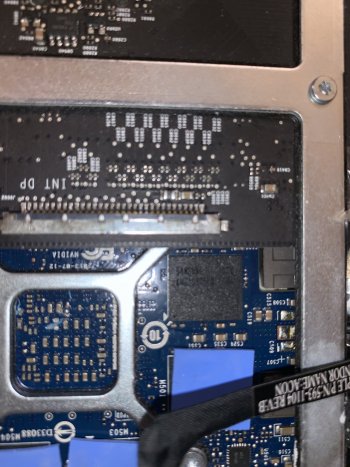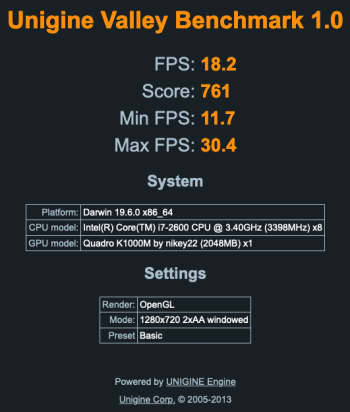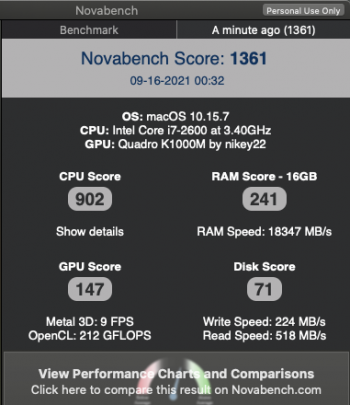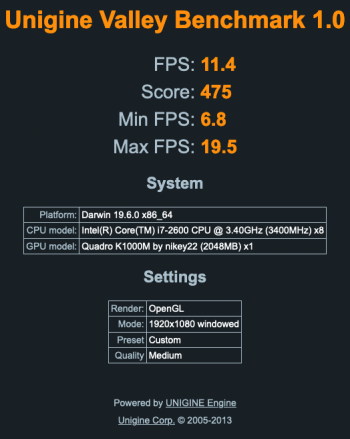View attachment 1775550
Hello everyone,
I noticed there are still a few members that have K1000M cards around.
I've put together this K1000M rom to enable Brightness control. You will still need to use Opencore to do the ACPI injections, but at least we have a way to control brightness on these older cards now. Just another option.
Vram support:
- ? (will check)
Bootloader/OS support:
Catalina Loader, High Sierra 10.13.6 (tested)
Machine support:
iMac 12,1 ( 21.5-inch Mid 2011) Mac-942B5BF58194151B
iMac 11,2 ( 21.5-inch Mid 2010) Mac-F2238AC8
iMac 11,1 (27-inch Late 2009) Mac-F2268DAE
iMac 11,3 (27-inch Mid 2010) Mac- F2238BAE
iMac12,2 (27-inch Mid 2011) Mac-942B59F58194171B (tested)
Enjoy!





